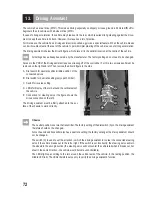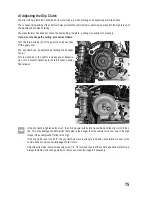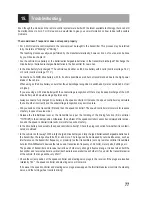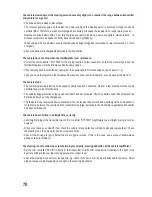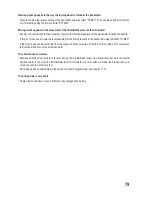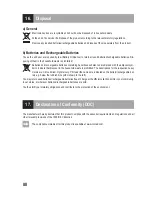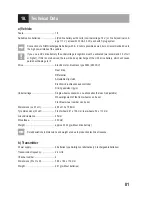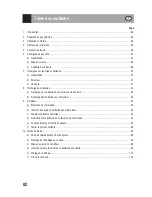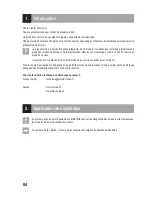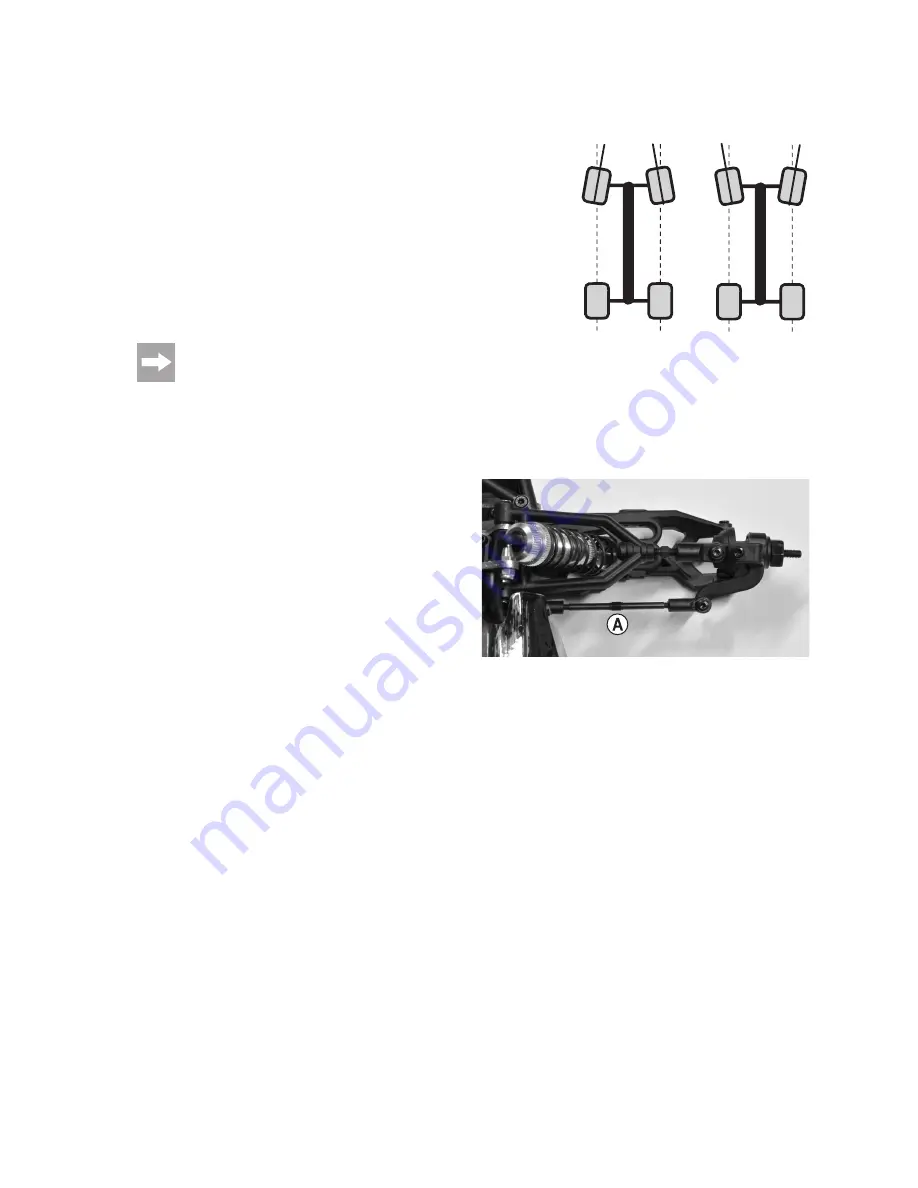
70
b) Setting the Alignment
Wheel alignment (toe-in = figure "A", toe-out = figure "B") describes the
relation of the wheel level to the driving direction.
The tyres are pushed apart in the front by rolling friction when driving.
Therefore, they are no longer precisely parallel to the driving direction.
To compensate, the tyres of the stationary vehicle can be adjusted so that
they point slightly inwards. This toe-in improves lateral cornering of the
tyres and leads to a more direct response to steering.
If a milder response to steering is desired, this can be achieved accord-
ingly by adjusting a toe-out, i.e. the wheels of the stationary vehicle point
outward.
An alignment angle of more than 3° toe-in (A) or toe-out (B) will lead to handling problems and decreased
speed. It will also increase tyre wear.
The figure above shows a strongly over-emphasised setting. It is only used for showing the difference
between toe-in and toe-out. If such a setting is used for the vehicle, it will be very difficult to control!
Setting front axle alignment:
For the front axle, alignment can be set by turning the track
rod (A). Because the track rod has a left and right hand
thread at either end, it does not need to be dismantled to
be adjusted.
A suitable open-faced spanner or flat pliers can be used
for turning.
Turn both track rods of the left and right front wheels even-
ly. Otherwise, you need to adjust the trim of the transmit-
ter or even correct the steering servo control (e.g. adjust
servo rod or attach servo arm to the servo differently).
Setting rear axle alignment:
The track of the rear axle in this vehicle is set and cannot be changed.
¦ ¦
A
B
Содержание 1408946
Страница 162: ...162 ...
Страница 163: ...163 ...

















